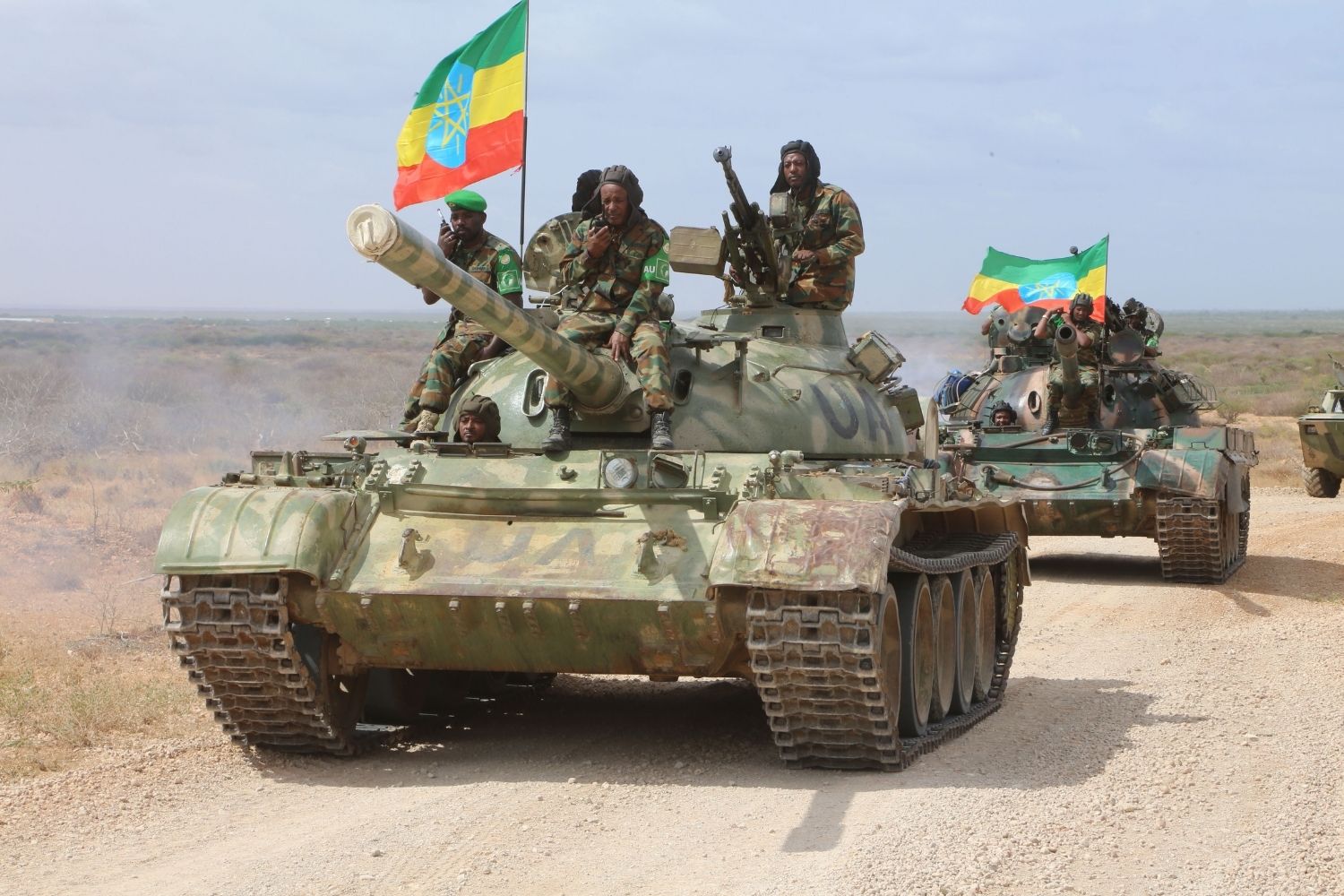
The Ethiopian–Somali Border War is a conflict that has shaped the history and politics of the Horn of Africa. This war, which erupted in the late 20th century, involved intense battles, shifting alliances, and significant geopolitical implications. Understanding this conflict requires delving into the complex relationships between Ethiopia and Somalia, the role of external powers, and the impact on local populations. From the strategic importance of the Ogaden region to the humanitarian crises that ensued, this war left an indelible mark on both nations. Why did this conflict start, and what were its lasting effects? Let's explore 25 compelling facts about the Ethiopian–Somali Border War.
Key Takeaways:
- The Ethiopian-Somali Border War, also known as the Ogaden War, was a conflict between Ethiopia and Somalia over territorial disputes, with significant international involvement and devastating humanitarian impact.
- The war ended in 1978, but its effects lingered for years, shaping the future of both nations. It weakened Somalia's stability and contributed to the collapse of Siad Barre's regime, while Ethiopia faced ongoing tensions in the Ogaden region.
Origins of the Ethiopian–Somali Border War
The Ethiopian–Somali Border War, also known as the Ogaden War, was a significant conflict in the Horn of Africa. It involved Ethiopia and Somalia, primarily over territorial disputes.
- The war began in July 1977 when Somalia invaded the Ogaden region of Ethiopia.
- Somalia aimed to unite all Somali-speaking regions, including Ogaden, into a Greater Somalia.
- The Ogaden region is a desert area in eastern Ethiopia, inhabited mainly by ethnic Somalis.
- Ethiopia was under a Marxist-Leninist military junta known as the Derg during the conflict.
- Somalia was led by President Siad Barre, who sought to capitalize on Ethiopia's internal turmoil.
Major Battles and Military Strategies
The war saw numerous battles and strategic maneuvers by both sides. Understanding these key events provides insight into the conflict's progression.
- The Battle of Jijiga was one of the largest and most decisive battles, occurring in September 1977.
- Somali forces initially captured Jijiga, a strategic town in the Ogaden region.
- Ethiopia launched a counter-offensive with the help of Cuban and Soviet military support.
- The Ethiopian Air Force played a crucial role in regaining control of Jijiga.
- The use of Soviet-supplied MiG-21 fighter jets gave Ethiopia a significant advantage.
International Involvement and Support
The conflict drew the attention of major global powers, influencing the war's outcome and regional dynamics.
- The Soviet Union initially supported Somalia but switched allegiance to Ethiopia during the war.
- Cuba sent around 15,000 troops to assist Ethiopia, marking a significant international intervention.
- The United States provided covert support to Somalia, including military training and supplies.
- The Cold War context influenced the superpowers' involvement, as both sought to expand their influence in Africa.
- The Organization of African Unity (OAU) attempted to mediate the conflict but was largely unsuccessful.
Humanitarian Impact and Casualties
Wars often have devastating effects on civilians, and the Ethiopian–Somali Border War was no exception.
- The conflict resulted in an estimated 10,000 to 15,000 military casualties on both sides.
- Thousands of civilians were displaced, with many fleeing to refugee camps in Somalia and Ethiopia.
- The war exacerbated existing famines in the region, leading to severe food shortages.
- Human rights abuses, including forced conscription and ethnic violence, were reported during the conflict.
- The war left lasting scars on the Ogaden region, affecting its development and stability.
End of the Conflict and Aftermath
The war eventually came to an end, but its effects lingered for years. The resolution and aftermath shaped the future of both nations.
- The war officially ended in March 1978 when Somali forces withdrew from the Ogaden region.
- Ethiopia regained control of the Ogaden, but sporadic clashes continued for years.
- The conflict weakened Somalia's military and political stability, contributing to the eventual collapse of Siad Barre's regime in 1991.
- Ethiopia's victory bolstered the Derg regime, but internal strife and economic challenges persisted.
- The Ogaden region remains a contentious area, with ongoing tensions between Ethiopia and Somali separatist groups.
Final Thoughts on the Ethiopian–Somali Border War
The Ethiopian–Somali Border War left a significant mark on both nations. This conflict, driven by territorial disputes and ethnic tensions, reshaped the region's political landscape. Thousands of lives were lost, and many more were displaced, highlighting the human cost of war. The war also strained international relations, drawing in global powers and neighboring countries. Despite the ceasefire, tensions still simmer, reminding us that peace is fragile. Understanding this conflict helps us appreciate the complexities of regional politics and the importance of diplomacy. By learning from history, we can hope to avoid repeating the same mistakes. The Ethiopian–Somali Border War serves as a stark reminder of the devastating impact of unresolved disputes and the need for lasting solutions.
Frequently Asked Questions
Was this page helpful?
Our commitment to delivering trustworthy and engaging content is at the heart of what we do. Each fact on our site is contributed by real users like you, bringing a wealth of diverse insights and information. To ensure the highest standards of accuracy and reliability, our dedicated editors meticulously review each submission. This process guarantees that the facts we share are not only fascinating but also credible. Trust in our commitment to quality and authenticity as you explore and learn with us.
